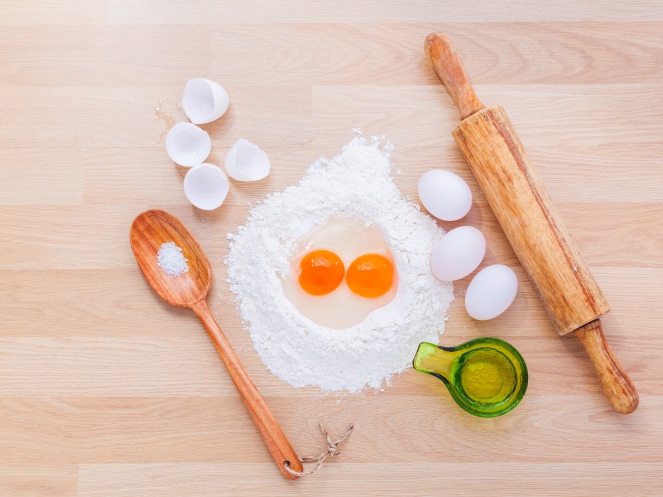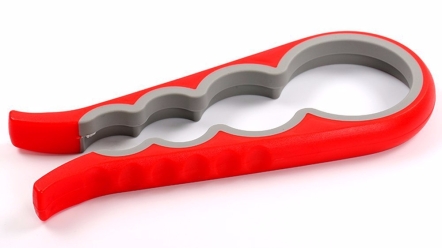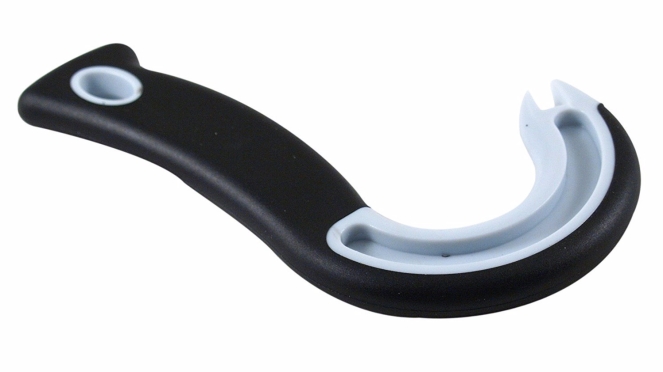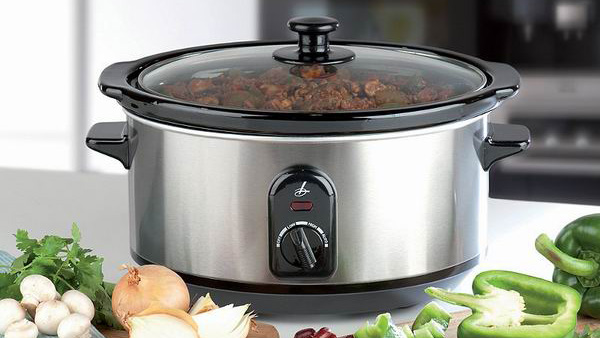
There are days where you don’t have the time, energy, let alone the funds to help yourself. And as a result reaching out can be a lot of effort. So with that in mind, how do you socialise without leaving the house?
Read: How HNPP can cause isolation
For many people, social networks are a place for idle chatter about what they made for dinner or sharing cute pictures of their pets. But for people living with chronic diseases or disabilities, they play a more vital role.
According research conducted by the University of Warwick, chronically sick people do not have lower rates of social participation per se. However, the pattern of social participation exhibited by people affected by chronic illness varies from the one exhibited by people not affected.
“If they can break free from the anchors holding them down, people living with chronic disease who go online are finding resources that are more useful than the rest of the population.”
Susannah Fox, associate director of digital strategy – Pew Internet and American Life Project
Across all types of chronic illness the pattern of activities in which people affected by chronic illness engage in is very similar, therefore when it comes to social participation, the decisive point is whether one is affected or not by chronic illness and how it may emotionally affect people suffering from HNPP.
One of the most telling things you will find is the absence of resources devoted to help those battling with illnesses to actually make this leap. Instead, there is a wealth of literature pointing to the fact that lack of social interaction is actually a problem.
What technology is out there?
We are fortunate however, to live in an age where social networks make it easy to reach out to others. These are especially helpful when illness and pain prevent us from leaving our homes.
Many different e-social activities, including email and instant messaging, give you an opportunity to stay connected daily. It does not matter whether you are reaching out to friends, family, or online acquaintances; the important thing is that you are connecting and not struggling alone.
So without further ado, here are a few apps, gifts and devices that you can use without leaving your sofa:
- Vent App – currently available on both iOS and Android, it does exactly what its name implies: it lets you vent. And the best part is that your contacts list stays out of the picture – you’re sharing with random users who stumble upon your posts, and your profile can remain as anonymous as you like. The purpose of venting is to air your issues so you can move on and calm down, and this app is an effective way to virtually get something off your chest. And when many social apps require plenty of your friends to be signed up in order to get the best experience, Vent’s a refreshing take on anonymity.
- ReachOut – a support network app for patients and caregivers fighting chronic conditions. By connecting with other patients with similar ailments in specific support groups, users are able to find support, gain self-confidence, develop better coping skills and reduce loneliness and depression.
- Rabbit – Rabbit is about sharing your everyday. Watch your favourite shows with your friends, without being in the same room or even the same city. Collaborate with your coworkers when you’re all on the road. The possibilities are endless. It is one of the most well-rounded stream-sharing services available, partially because it can be used with any browser and partially because you can share all your favourite streaming services including Netflix, Hulu, Crackle and more. Rabbit requires you to have an account and add the people you want to share a stream with as your friends. It works by having one person in control of the stream, which is shared via a proxy browser right on the Rabbit website. This means you’re essentially sharing the view of a full browser with everyone in your party, and you can go anywhere on the web that you like.
- Spoonie Living – this app is geared for the creative types, and likely be more applicable for the younger generation. It was created as part of a PhD project, to see if the use of illness and dietary related stickers would help individuals creatively express themselves in a slightly different way to general Meme images found on the internet. It is hoped that using stickers will help towards people creatively managing their illnesses on a daily basis.
- Facebook Groups – this goes without saying. Finding people with the same condition can literally be a lifesaver when you feel that no one seems to understand you, or you have no one to speak to about the condition.
- HNPP Help
- HNPP and CMT / Neuropathy Support
- Hereditary Neuropathy & CMT
- HNPP Australia – there are some offshoot Facebook groups divided into specific regions
- Google Voice-to-Text – for those with hand issues, Google’s speech-to-text recognition supports 119 language varieties for users who want to dictate a message to their phone, which Google claims is three times faster than typing. To access the voice typing function, install Gboard for Android or iOS and pick your language by pressing the G, then selecting the settings wheel. For voice search, use the Google app and pick your language in the voice settings menu. Certain phones have this in-built so you can access Google Voice input in your settings. It will save you time and effort when trying to get in contact with people.
- CatchMyPain – an intelligent pain diary app that helps you keep track of your pain and connect with similar patients. It is one of the most well-known pain apps not only for its helpful features but also for the way in which it builds community. With this pain app, patients can locate their pain on their body; track stress, fatigue, and mood; and connect with their physician, all through the app. CatchMyPain also has a forum feature that connects chronic pain patients to each other.
- Diseasemaps – this website connects people who are suffering from different conditions to help them find suggestions from others who also suffer; to make their lives better. You can also find people suffering from the same conditions or even symptoms from across the globe or even in your own city.
- Patient networking sites – people fighting chronic illnesses are less likely than others to have internet access, but once online they are more likely to blog or participate in online discussions about health problems, according to a report released by the Pew Internet and American Life Project and the California HealthCare Foundation. Social networking sites include:
https://www.instagram.com/p/BXPKgivggCu/?taken-by=twistedchronicwarrior
- Spoonie Squares – Sophie Bull, a fellow ‘spoonie’ decided to knit squares as an alternative to expensive Spoonie boxes. These are just basic little squares of any colour people ask for and she says she’ll ship them to people for free. No cost on postage or material. She’s encouraging people to join so others can help out and pay it forward. It’s a sweet little community attempting to make a difference.
Obviously joining real support groups and taking part in the real world is the best way of not becoming isolated. And while it is important to have a network of people to relate to, there will be times when life requires you to be alone or when you simply want to be alone.
The point is to strike the right balance and not allow isolation to take over your life. Get out there in the real world or utilise the internet. Reach out to friends, loved ones, and acquaintances, or try and meet some new friends. You should also enjoy your alone time when it is needed.















